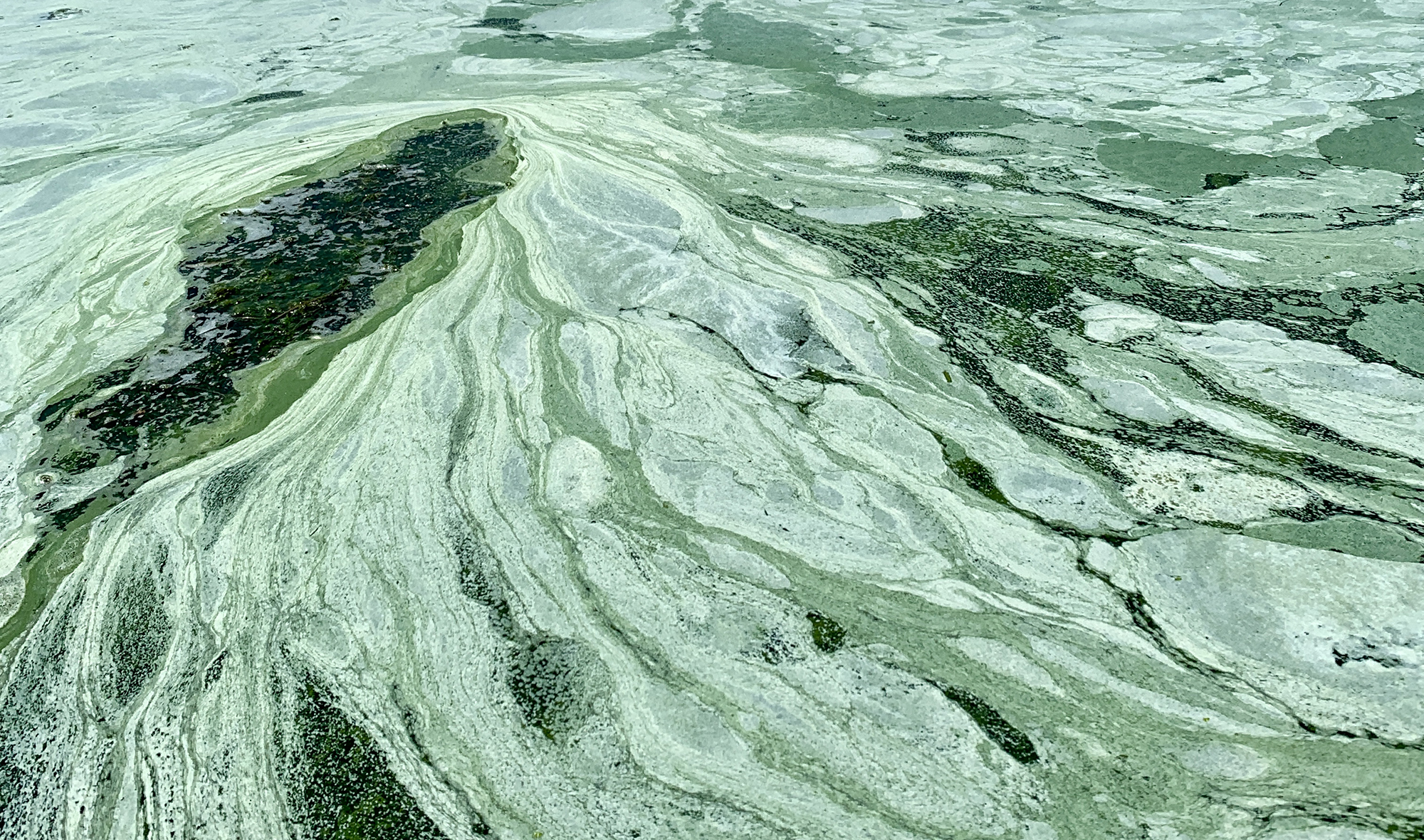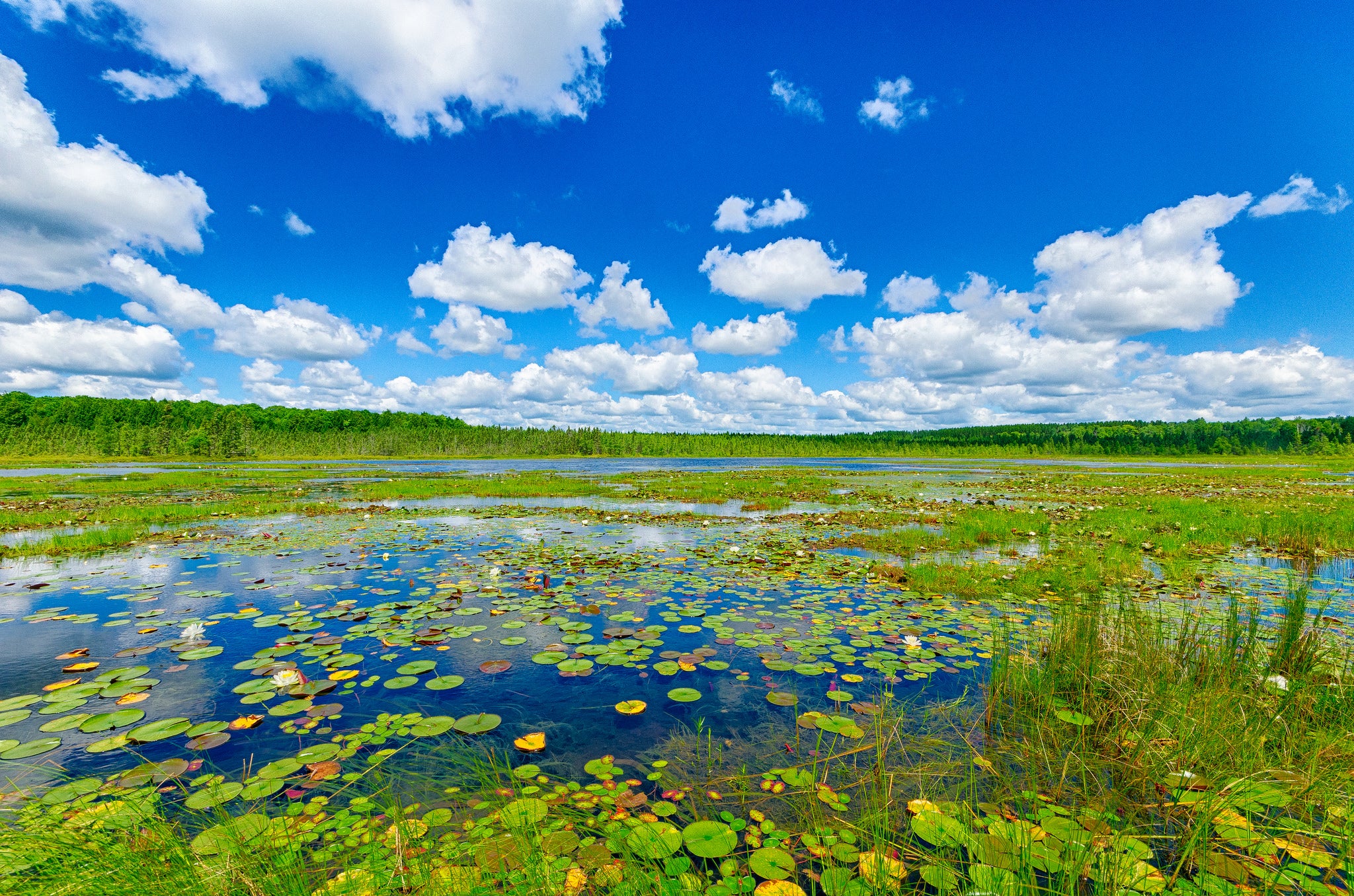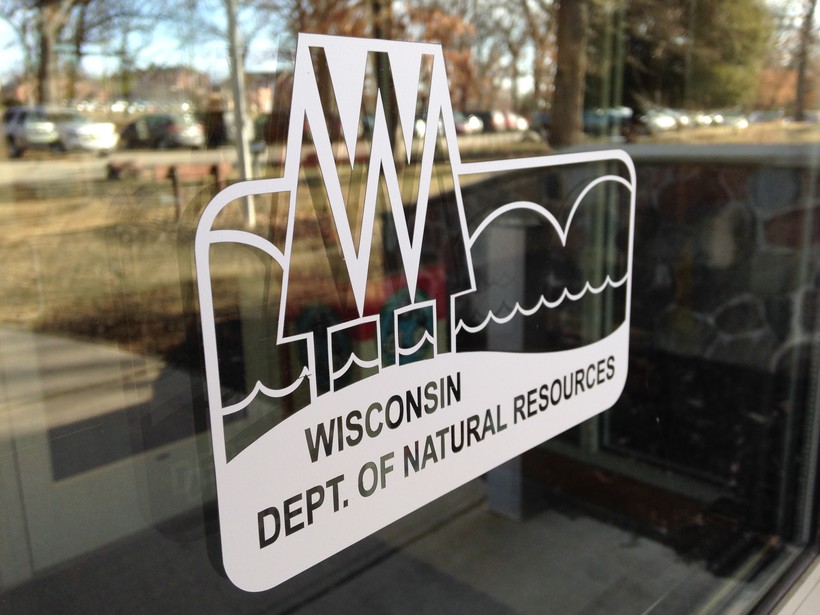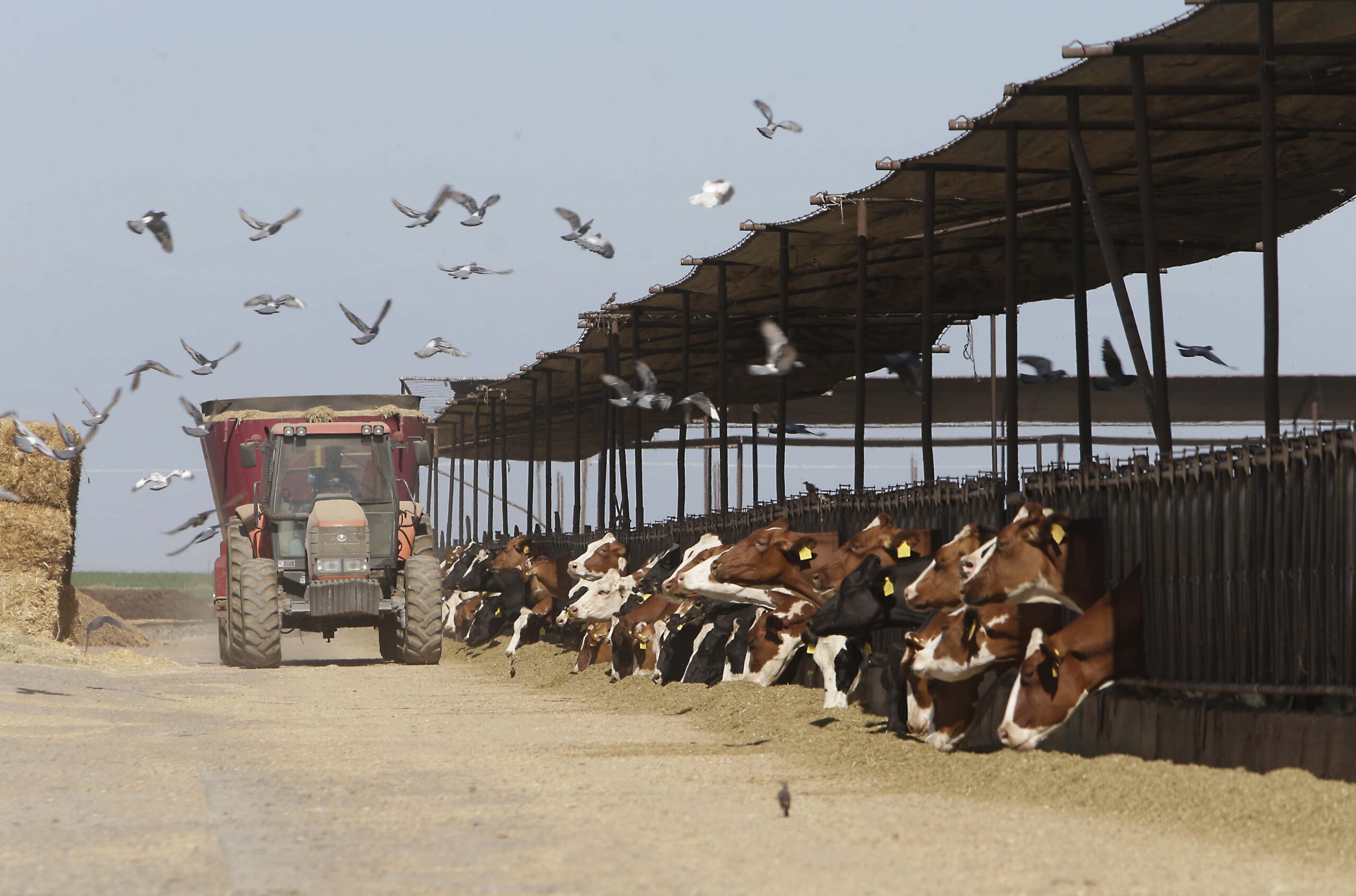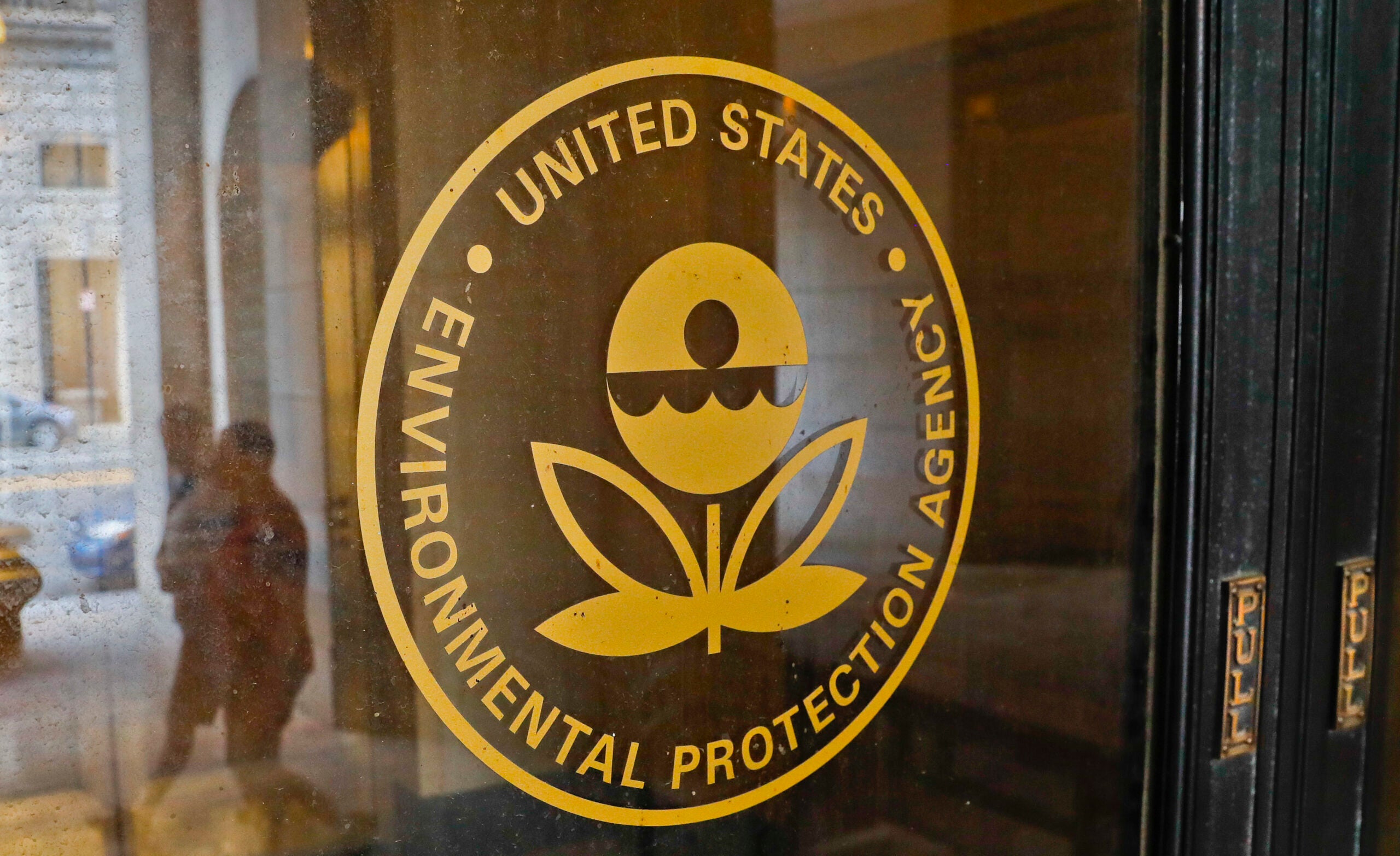The Wisconsin Department of Natural Resources has identified 120 new waterbodies or segments that are impaired in the state, which is about half the number of waters listed as impaired two years ago.
The DNR identifies impaired waters every two years to meet requirements of the federal Clean Water Act. The agency assessed more than 6,400 waterways and discovered 82 percent are in good condition.
Even so, DNR officials are proposing to list 106 waterbodies or segments to its Impaired Waters List and 14 waters to its newly created Restoration Waters List in 2020. The state is changing the way it defines impairments to align its practices with the EPA and neighboring states.
News with a little more humanity
WPR’s “Wisconsin Today” newsletter keeps you connected to the state you love without feeling overwhelmed. No paywall. No agenda. No corporate filter.
Those listed on the Impaired Waters List are polluted waters that have no EPA-approved restoration plan, said Ashley Beranek, the DNR’s water quality evaluation coordinator.
“They may have a watershed plan in place, but they don’t have a (total maximum daily load) level restoration plan,” said Beranek, citing a term that refers to the maximum amount of a pollutant allowed in a waterbody.
In 2018, the agency added 240 waterbodies as impaired, a majority of which exceeded allowable phosphorus levels. Phosphorus pollution continues to account for the majority of new listings.
“We’re still listing a lot of phosphorus, but we already have a lot of plans in the works,” Beranek said.
Around 65 percent of new listings already have some type of restoration plan in place. Beranek said new phosphorus listings appear to be leveling off after the state saw many in the wake of new phosphorus criteria that was set for rivers, lakes and streams in 2010.
“It’s quite a bit reduced, but we’re still doing the same amount of monitoring. We’re still doing the same amount of assessments,” she said. “I think part of it is really we’re starting to find all of the phosphorus impairments — the majority of them.”
Beranek said there are multiple sources contributing to impaired water quality through phosphorus pollution, including agriculture and municipal plants. She said they’re working with all parties involved to reduce phosphorus in rivers, lakes and streams.
“We’re going to restore anything that we’ve determined is impaired and that’s why it’s important to identify these waters,” she said.
The DNR is also removing 84 waterbodies from its Impaired Waters List that included a number that were listed prior to a statewide fish consumption advisory for mercury in 2001. Beranek said all waters below the statewide advisory should’ve been removed from the list, but weren’t while the EPA requested additional sampling.
In 2018, the DNR delisted 35 waterbodies that were mostly affected by mercury and phosphorus pollution, which was the highest number since 2010.
The agency is accepting public comment on proposed new listings until Friday, Nov. 22. The EPA must sign off on any changes. Waters that are impaired will become eligible for state and federal cleanup funding.
Editor’s note: This story was corrected to note that the DNR added 240 waterbodies to its listing.
Wisconsin Public Radio, © Copyright 2025, Board of Regents of the University of Wisconsin System and Wisconsin Educational Communications Board.

